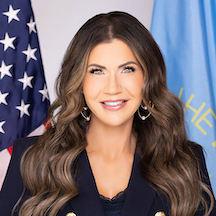A Milestone Year for Pro-Life Advocacy
The year 2022 marked a pivotal shift for the pro-life movement, as the Supreme Court returned the authority over abortion laws to individual states, allowing local populations to govern these decisions. This monumental decision has ignited widespread dialogue and, unfortunately, misinformation by some media outlets, misrepresenting the implications of this ruling. Despite alarming claims, no universal abortion ban was enacted, nor were there laws prosecuting women seeking abortions.
Combating Misinformation with Compassion and Clarity
As election campaigns gain momentum, it’s crucial to correct the myths being perpetuated about abortion legislation. The discourse must be rooted in truth, compassion, and a forward-looking optimism that emphasizes the value of both mother and child. In South Dakota, for instance, comprehensive measures have been enacted to ensure that both are cared for, with expanded Paid Family Leave, pregnancy counseling, and substantial support services like the Bright Start program.
Enhancing Support for Mothers and Children
In South Dakota, we are committed to enhancing the support systems for mothers by providing extensive resources that assist them from pregnancy through the early years of motherhood. While we are proud of the progress in our state, it’s understood that each state will have its unique approach post-ruling, embodying the Supreme Court’s intent to localize decision-making on this sensitive issue. As discussions continue, it’s imperative that we address these topics with factual accuracy and sincere regard for the welfare of all involved.
This approach not only respects the autonomy of states but also fosters a more informed, empathetic conversation about a topic that touches many lives. Engaging in this dialogue with honesty and empathy is essential as we move forward, addressing not only the needs of those directly affected but also educating the broader public on the nuanced realities of these legislative changes.
